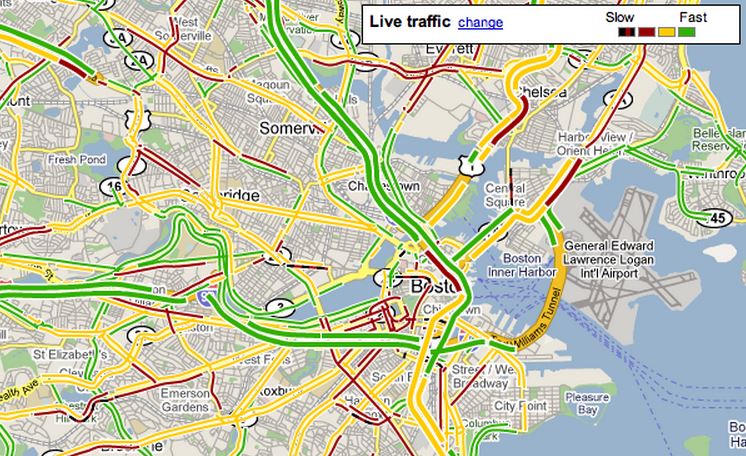

This planning tool guides state and local public health professionals through quick steps in selecting HBI Road Map actions and getting started with implementation. Planning for Action: Initial Steps for Implementing the Healthy Brain Initiative Road Map. Healthy Brain Initiative Issue Maps are available on caregiving, risk reduction, and early detection, data, and educating professionals. Action within each of these four domains is guided by three core principles to best ensure health equity, collaboration across multiple sectors, and the need to leverage resources for sustained effect. State and Local Public Health Partnerships to Address Dementia: The 2018-2023 Road Map is informed by four Essential Services of Public Health: to assure a competent workforce, monitor and evaluate, develop policies and mobilize partnerships, and educate and empower the nation. Conceptual Framework for the Healthy Brain Initiative Road Map Public health agencies and private, nonprofit, and governmental partners at the national, state, and local levels are encouraged to work together on the actions to make Alzheimer’s the next public health success story. Develop Policies and Mobilize Partnerships.It transforms a wide array of traffic, demographic and economic data into information essential to engineers, intercity and urban planners, project programmers and policy makers.The four traditional domains of public health action items: Traffic forecasting is an important component of WisDOT planning, design and operations. Data at continuous count sites are scheduled for collection in hourly intervals each day of the year.
TRAFFIC MAP PDF
Contact theĭOT Traffic Data Unit if you need a PDF that was available on the former WisDOT website.Ĭontinuous count data from about 320 permanent data collection locations primarily located on the state highway system. This same information is now available in the interactive map. Historical traffic countsīefore the creation of the interactive traffic count map, data from 2000 to 2010 was made available on county and municipality PDFs. Short duration counts are collected over three, six, or 10-year cycles at more than 26,000 rural and urban locations throughout the state. This count is then adjusted for the variation in traffic volume throughout the year and the average number of axles per vehicle. The AADT is based on a short duration traffic count, usually 48 hours, taken at the location. This value is called the "annual average daily traffic" or AADT and is represented on traffic count or traffic volume maps. Traffic counts are reported as the number of vehicles expected to pass a given location on an average day of the year. The data included will provide users the most recent volume count as well as historical data if available. TCMap enables users to search, pan and zoom to areas throughout the state to view AADTs, both continuous and short duration.

TCMap, replaces a Google map that was in use from 2012-2018. Interactive map that allows you to view counts anywhere in the state. The Wisconsin Department of Transportation (WisDOT) provides traffic counts via an


 0 kommentar(er)
0 kommentar(er)
